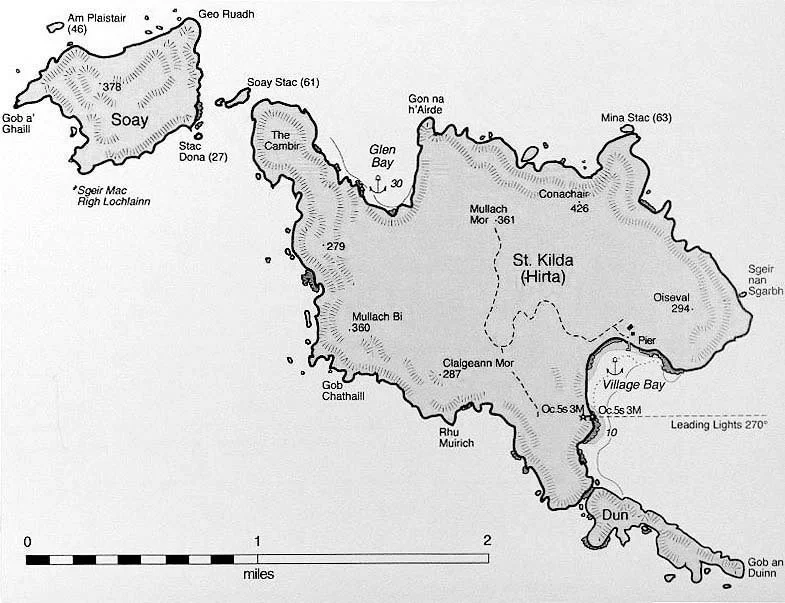Behind the Lens: Puffins at the edge of the world
The volcanic island archipelago of St Kilda is one of the remotest parts, arguably the remotest part, of the British Isles. It is the westernmost part of the Outer Hebridean islands in the west of Scotland, and lies 40 miles from its nearest island neighbour of North Uist. St Kilda’s isolation is part of its attraction for many, and the islands also hold the rare title of a dual UNESCO world heritage site, for its cultural history and natural history importance. Now abandoned, St Kilda has evidence of habitation going back at least 2,000 years, and possibly much more. The last permanent islanders were evacuated in 1930 and the island abandoned. It is now owned and managed by the National Trust for Scotland.
Home to a million seabirds at the height of the breeding season St Kilda is the largest seabird colony in the north-east Atlantic. Many of these, such as the gannets, nest on the less accessible sea stacks of Boreray, Stac Armin and Stac Lee (all pictured in the backdrop of the image here). Fulmar, guillemots, skuas and others are scattered across the islands, along with the iconic puffin. Most puffins on St Kilda breed on the island of Dùn, visible in Village Bay of the main island of Hirta. The island is inaccessible with limited views of the puffins granted from the waters below. If you want to capture puffins on St Kilda then you need to put in a lot of effort, and be pretty comfortable with long hikes, steep terrain and exposed cliff-sides.
Some of the best viewed puffins are from the most north-westerly corner of Hirta, known as the Cambir. Look at a map and you’d be forgiven for thinking it is an easy jaunt. Despite being just 4.5km from the main village to the Cambir there is no flat ground on St Kilda. The archipelagos volcanic origins display themselves in an array of steep slopes with ankle-bending inclines and rough ground, whilst being bombarded by territorial skuas as you walk. Couple that with carrying all the equipment you need for a day makes this pretty challenging. Throw in the extra complication of sunrise at 4.30am, which gives the best direction of light onto many of the puffins and you can see why there are very few people who have photographed puffins here.
I am incredibly fortunate to visit St Kilda most years, helping to guide photographic holidays for Mc2 Photography, but despite that I have been quite unlucky with the weather when visiting this particular corner of the island. That all finally changed when, contrary to a slightly pessimistic forecast, sunrise provided some incredible colour on the horizon over the sea stacks of Boreray and its smaller neighbours. All I needed was a puffin in the right spot and to be able to get close enough with a wide angle lens. If you have been lucky to visit puffin colonies around the British isles you’ll have seen how confiding they can be. They are trusting birds, but at most colonies around our waters they regularly see people and are well-used to their presence along the cliff tops. On St Kilda the puffins are truly wild and are quite wary. Getting close requires a bit more care and patience, so down on my belly I got to crawl through the mat of sheep poo littering the ground, and edged closer inch by inch.
After 10 minutes I was finally in position to fire off a couple of frames showcasing the dramatic scenery of St Kilda - an image I’ve been trying to capture ever since I first visited St Kilda. Due to the remoteness of St Kilda, the challenges involved in getting to good viewpoints of puffins, the weather, and more besides, I think I’ve managed to capture something pretty unique! Definitely a favourite image to date so far.
Want to visit St Kilda? - Mc2 Photography lead a couple of photographic holidays to St Kilda every summer to coincide with the height of the seabird breeding season. An all-inclusive trip it offers amazing value and pretty much the only way to experience these incredible islands. Click here for more info on the trips.

